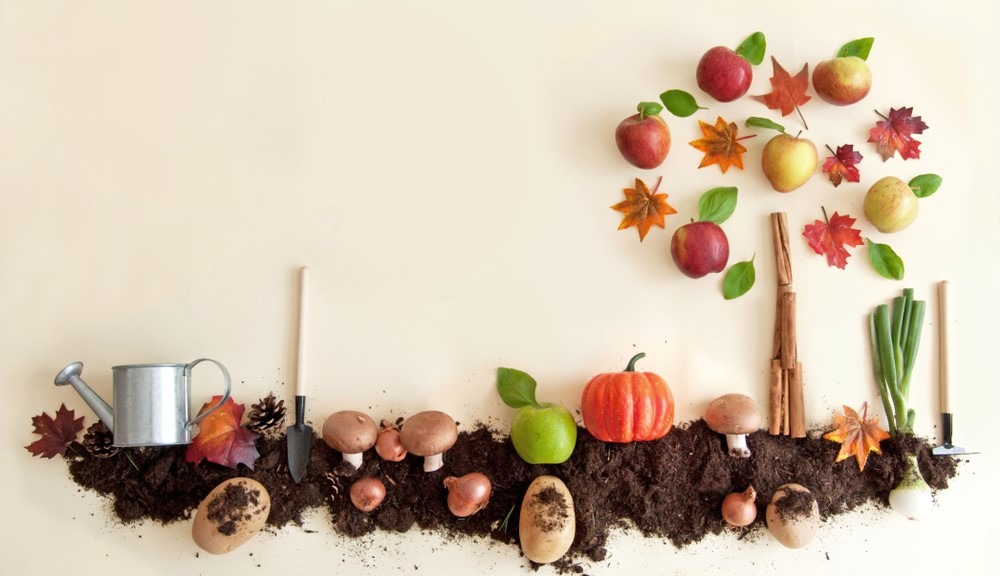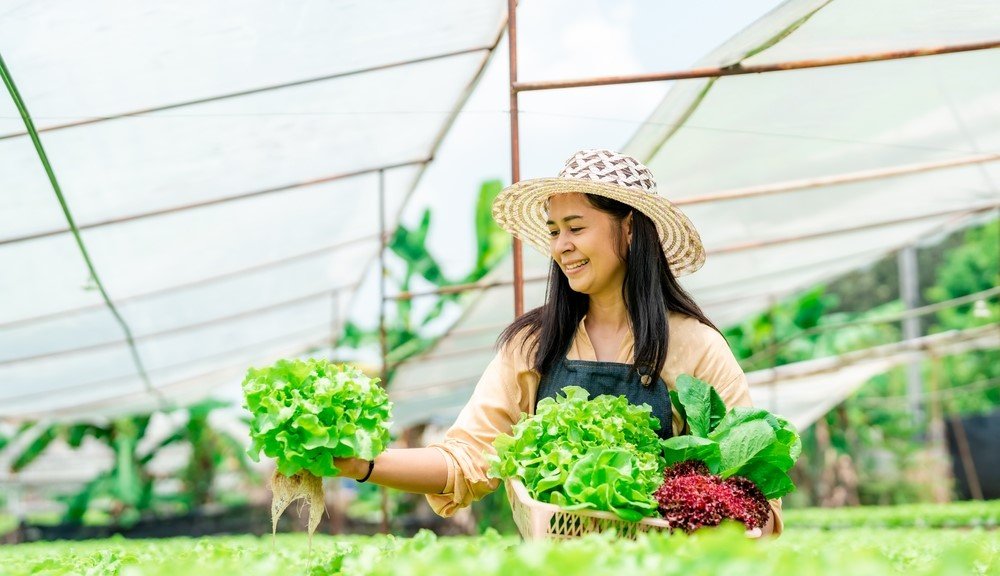Painting is a beautiful form of self-expression that allows you to unleash your creativity and explore various techniques and mediums. Whether you’re a seasoned artist or just starting out on your artistic journey, experimenting with different art projects can be incredibly fulfilling. From watercolors to acrylics, abstract to realism, here’s a guide to help you explore a range of painting techniques and mediums:
- Watercolor Painting:
- Wet-on-Wet Technique: Start with a wet surface, apply watercolors, and watch the colors blend and flow together. This technique is perfect for creating dreamy and ethereal landscapes or vibrant abstract pieces.
- Glazing: Layer transparent washes of watercolors to build depth and intensity. Glazing allows you to achieve subtle gradations and luminosity in your artwork.
- Acrylic Painting:
- Impasto: Apply thick layers of acrylic paint to create texture and three-dimensional effects. Experiment with palette knives or brushes to achieve different textures and depths in your artwork.
- Pouring: Use the fluidity of acrylic paint to create mesmerizing poured artworks. Mix acrylic paint with pouring medium and pour it onto your canvas, tilting it to guide the flow and create unique patterns.
- Oil Painting:
- Alla Prima: Also known as “direct painting,” this technique involves completing a painting in one sitting. Work wet paint into wet paint, blending colors directly on the canvas to achieve rich and dynamic results.
- Glazing: Apply transparent layers of oil paint over a dried base layer to build up depth and luminosity. This technique is particularly effective for achieving realistic skin tones or creating a sense of atmosphere in landscapes.
- Mixed Media:
- Collage: Combine various materials like paper, fabric, photographs, and found objects to create textured and multidimensional artwork. Experiment with different adhesives and layering techniques to achieve a visually interesting composition.
- Incorporating Textures: Add texture to your artwork by mixing materials such as sand, modeling paste, or tissue paper into your paint. This technique adds depth and visual interest to your pieces.
- Abstract Painting:
- Gestural Painting: Use bold and spontaneous brushstrokes to create expressive and energetic abstract art. Embrace the freedom of movement and let your intuition guide your brush.
- Textural Exploration: Experiment with different tools and materials to create texture and dimension in your abstract paintings. Consider using sponges, palette knives, or even unconventional items like bubble wrap or cardboard.
- Realism and Portraiture:
- Study Lighting and Shadows: Observe how light falls on objects and experiment with capturing different light sources in your paintings. Understanding light and shadow will add depth and realism to your artwork.
- Explore Color Mixing: Learn color theory and experiment with mixing and blending colors to achieve accurate skin tones and realistic representations of your subjects.
- Nature-Inspired Art:
- Plein Air Painting: Venture outdoors and paint landscapes, flora, or urban scenes directly from observation. Plein air painting allows you to capture the essence and immediacy of the natural world.
- Botanical Illustration: Focus on the intricate details of flowers, plants, or wildlife. Use fine brushes and precise techniques to create realistic and highly detailed botanical illustrations.
The beauty of art lies in the process of exploration and experimentation. Don’t be afraid to try new techniques, mix different mediums, or break free from traditional approaches. Allow your artistic journey to be a constant learning experience, where each project brings new discoveries and growth. So, gather your brushes, canvases, and paints, and embark on a creative adventure that will ignite your passion for painting and art. Let your imagination soar and create masterpieces that reflect your unique artistic voice.



